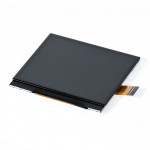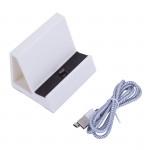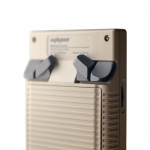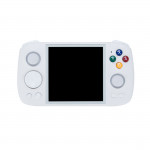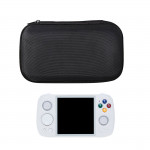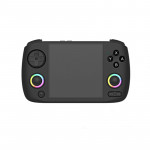SteamOS 3.5: Steam Deck Like A Fine Wine
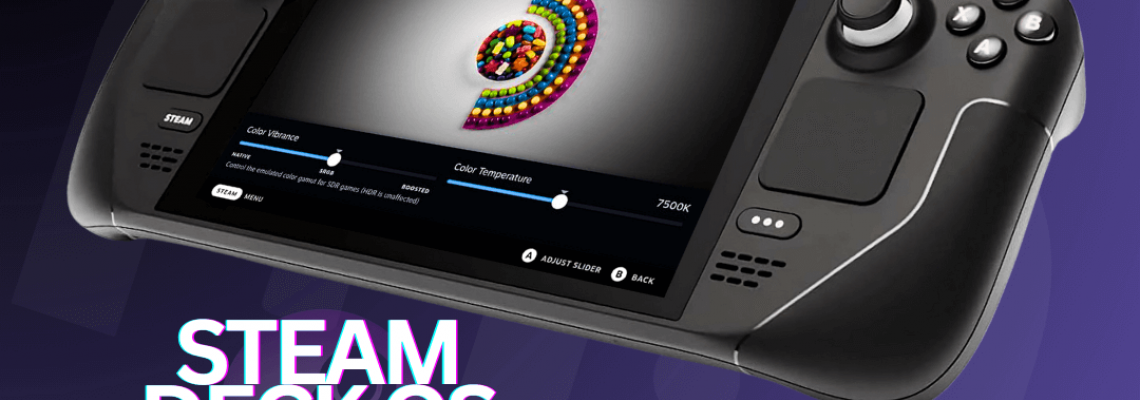
SteamOS 3.5: Steam Deck Like A Fine Wine
With their adorable skateboard-shaped handheld, the Steam Deck, Valve entered the market a little over a year ago and completely upended the x86 handheld market. They used technologies from earlier efforts like the equally doomed Steam Machines and the Steam Controller. Then, to compensate for the hardware's income loss, they supported the initiative with their gaming environment that would be integrated into the system. With a very competitive pricing point and a semi-custom AMD CPU that continues to lead the way in low-wattage performance even after two new generations of mobile processors have emerged, they were able to outperform all of their rivals significantly. Naturally, many of us in the community had doubts about this device and its longevity once it was released because of the prior failures of other hardware endeavours of a similar nature. Therefore, it is a joyous occasion that more than a year and a half later, the Steam Deck is still receiving top-notch software support from Valve, becoming a household name and inspiring fierce competition from other large manufacturers. I'm here today to discuss the Steamos 3.5 update, which has progressed from the beta update channel to the preview, indicating that a stable channel release is imminent.
Let's begin by discussing a few minor but highly beneficial modifications in this edition. First, you were involved in the Steam Deck emulation scene. In that case, you may be aware of a defect that resulted in decreased or subpar emulation performance because of an issue with the system's SMT or simultaneous multithreading handling. In essence, the method by which the CPU creates the illusion of additional virtual cores to handle several workloads simultaneously. Previously, the most common solution was to turn off SMT capability by downloading a plugin such as PowerTools. Since this problem is listed in Valve's SteamOS 3.5 changelog, this step won't be required to fix the emulation performance for some users.
Second, external storage, such as hard disks, will now mount automatically when connected to the Deck within the SteamOS interface. This may be a massive blessing for someone like me who is afraid of Linux. It eliminates the necessity to manually mount these drives in desktop mode to return to SteamOS. It may be a minor convenience, but every little detail matters regarding a mobile device designed to support both lengthy and brief sessions.
Let's quickly eliminate some minor ones that stand out before moving on to the significant change. It's great that the graphics drivers have been updated to increase game performance, especially with the recently launched Starfield. Better Bluetooth reliability, particularly when using several controllers, will benefit everyone who uses the Steam Deck as a party game machine. Let the fun continue! A little faster sleep resumption because, as I mentioned, every convenience matters. Added the option to alter the performance overlay's display; however, it appears that a configuration file must be created. Is it a bit of an odd decision instead of simply using a toggle switch to automate the task? I'm not complaining, but you're a big enough fan to make your files for it if you need a special performance overlay.
Let's move on to the update's main feature and the adjustments that benefit users most: the display upgrades. You may now enable HDR and VRR (high dynamic range or variable refresh rate) settings in the Steam Deck settings if you're using an external monitor that supports them and your USB adapter or dock does as well. This improvement will be appreciated by those of you who live the dock lifestyle. The display's colour rendering, which now more closely adheres to the srgb colour gamut standard, is the most significant modification. Although it has been said to increase colour vibrancy significantly, there may be limits to how much this will improve the Deck's total gamut coverage, which is one of my biggest complaints about the system, given that it is a software update rather than a panel improvement. Three options will be available: Boosted, the new coverage with a higher saturation for more apparent colour vibrance; srgb, the latest coverage with a neutral overall profile; and Native, the previous pre-update colour mode. True display experts will advise against Vivid options on TVs and similar devices since they distort the colours. Still, I'm always prepared to take the chance because of how enjoyable higher saturation is. Therefore, I'd choose Boosted myself. With a pop-up settings bar to modify colour temperature and vibrancy, these settings offer even more detail. You may observe the adjustments to get your ideal balance if you pull this up while playing a game.
That's all I have to say about the matter, then. Making one of the greatest even better is Valve's continued support and enhancement of a product that has already won over the hearts and money of countless gamers. See this link for the whole changelog if you want a detailed explanation of the remaining changes that aren't covered here. RH encourages you to care for your valuable handheld devices and remain hydrated.


